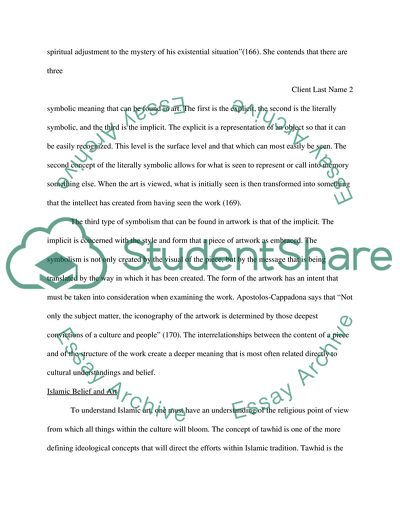Cite this document
(“Manafi al-Hayawan: The Usefulness of Animals by Ibn Bakhtishu Book Report/Review”, n.d.)
Manafi al-Hayawan: The Usefulness of Animals by Ibn Bakhtishu Book Report/Review. Retrieved from https://studentshare.org/literature/1734985-give-an-account-of-the-books-on-animals-of-the-ibn-bakhtishu-tradition
Manafi al-Hayawan: The Usefulness of Animals by Ibn Bakhtishu Book Report/Review. Retrieved from https://studentshare.org/literature/1734985-give-an-account-of-the-books-on-animals-of-the-ibn-bakhtishu-tradition
(Manafi Al-Hayawan: The Usefulness of Animals by Ibn Bakhtishu Book Report/Review)
Manafi Al-Hayawan: The Usefulness of Animals by Ibn Bakhtishu Book Report/Review. https://studentshare.org/literature/1734985-give-an-account-of-the-books-on-animals-of-the-ibn-bakhtishu-tradition.
Manafi Al-Hayawan: The Usefulness of Animals by Ibn Bakhtishu Book Report/Review. https://studentshare.org/literature/1734985-give-an-account-of-the-books-on-animals-of-the-ibn-bakhtishu-tradition.
“Manafi Al-Hayawan: The Usefulness of Animals by Ibn Bakhtishu Book Report/Review”, n.d. https://studentshare.org/literature/1734985-give-an-account-of-the-books-on-animals-of-the-ibn-bakhtishu-tradition.


